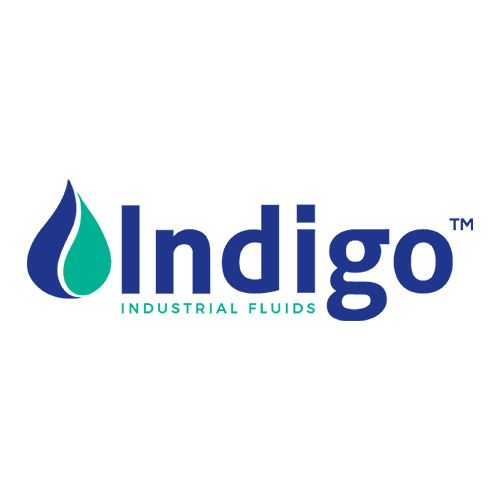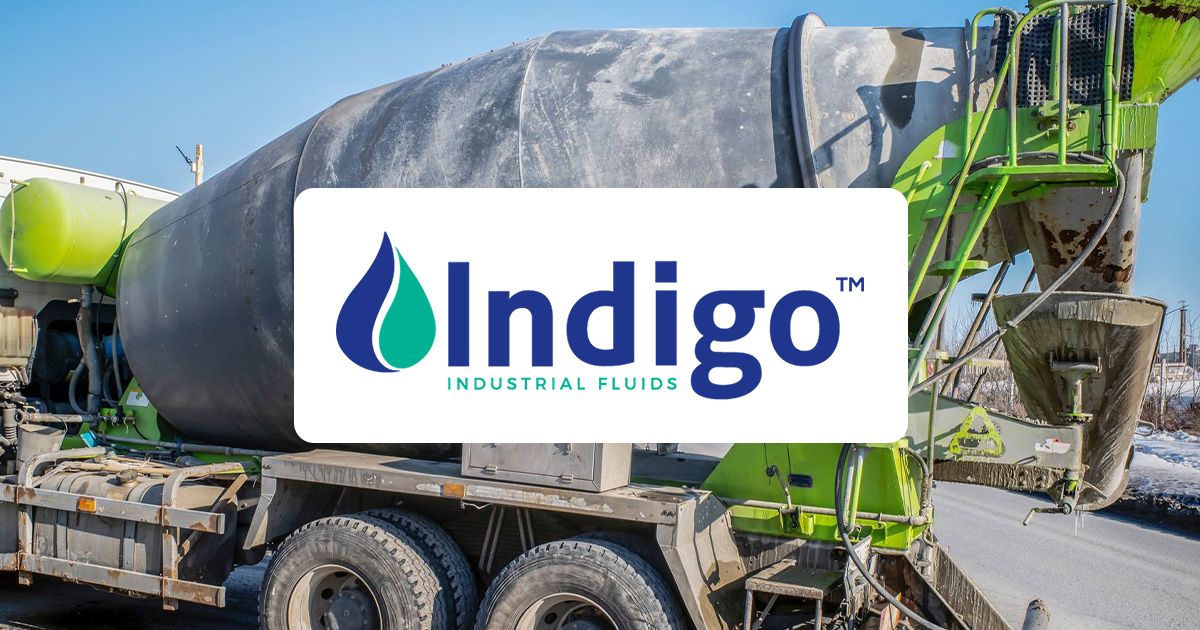Blog

October 8, 2025
When you think about cleaning in a heavy industrial setting, it is easy to focus on getting rid of buildup and grime. What often gets overlooked is what happens to that wastewater afterward. Every rinse, every runoff, and every leftover cleaning solution has to go somewhere, and if it is not managed properly, it can cause serious problems for your facility and the environment. That is where pH neutralization comes in, and it is one of the most important services Indigo Fluids provides. pH neutralization is the process of bringing acidic or alkaline wastewater back to a safe and compliant balance before it leaves your site. It is more than a formality, it is a regulatory requirement for most industries. If your discharge water is too acidic or too caustic, you could face fines, equipment corrosion, or even full system shutdowns. The right neutralization system protects your operation from those risks and keeps you compliant without slowing down production. Indigo Fluids specializes in custom pH neutralization systems designed for industrial cleaning operations. These systems are built to handle the tough wastewater that comes from washing concrete trucks, cleaning lime or cement equipment, and treating other high-residue processes. They use the right chemistry, mixing, and monitoring tools to maintain safe discharge levels around the clock. One of the biggest challenges in wastewater management is consistency. It is one thing to test a sample once a week, but what really matters is what happens between those tests. Indigo Fluids designs systems that provide steady and automated neutralization, taking the guesswork out of compliance. With continuous monitoring, you can catch imbalances early and correct them before they cause damage or violations. Beyond compliance, pH control helps protect your equipment. Acidic wastewater corrodes pipes, tanks, and fittings over time. Alkaline wastewater can cause scaling and blockages that reduce system efficiency. A properly tuned neutralization system extends the life of your equipment, keeping your operation cleaner and more efficient overall. Environmental responsibility is another major factor. Facilities today are expected to manage wastewater in a way that minimizes impact, and regulators are only getting stricter. Working with Indigo Fluids gives you confidence that your discharge water meets those standards. Their team understands the chemistry and the engineering behind neutralization, so your system is designed for performance, not just basic compliance. Every facility is different, which is why Indigo Fluids tailors each neutralization system to fit your specific cleaning and discharge setup. Whether you need a simple batch system or a fully automated continuous process, their team can design and install a solution that matches your flow rate, waste volume, and pH range. This customization ensures you are not overpaying for unnecessary capacity or underestimating your output. Indigo Fluids also supports their systems long after installation. They can help with maintenance schedules, calibration, and upgrades to keep your system running efficiently. That level of support means you do not just get a product, you get a partner who helps you stay compliant and protected year after year. If you are unsure about your current wastewater setup or have been handling neutralization manually, it is time to take a closer look. Indigo Fluids can evaluate your process, identify risks, and design a pH neutralization system that fits your operation perfectly. Proper pH control is not optional, it is essential. It protects your team, your equipment, and your reputation. With Indigo Fluids, you get more than compliance—you get peace of mind that your operation is running safely, efficiently, and responsibly. Reach out to their team today to learn how a professionally installed pH neutralization system can make your cleaning program stronger from start to finish.

October 8, 2025
Keeping your fleet fueled, maintained, and running efficiently can be one of the hardest parts of managing day-to-day operations. Between monitoring fuel usage, tracking DEF levels, and making sure each operator has what they need, small inefficiencies can quickly become expensive. That is where a proper fuel and DEF management system comes in, and it is an area where Indigo Fluids can make a huge difference for your business. Fuel management systems have come a long way from the days of manual logs or unlocked pumps. Modern systems, like the ones offered by Indigo Fluids, use access control and user tracking to monitor every gallon dispensed. That means you always know who used the fuel, which vehicle it went into, and when it happened. You can finally eliminate the guesswork that often leads to waste or unaccounted usage. The Wonderbox Fluid Management System offered by Indigo Fluids is a great example. It is designed for fleets that need real-time control over fuel and DEF dispensing. It connects through Wi-Fi or LAN and lets you manage user access, vehicle authorization, and transaction data through one platform. For busy operations with multiple drivers and pieces of equipment, that level of oversight helps reduce fuel loss and improves accountability. Beyond the tracking features, the system also helps prevent contamination or misuse. With dedicated DEFPro mini bulk tank packages and HDM eco DEF and diesel dispensing stations, Indigo Fluids ensures your equipment receives the right product every time. This level of accuracy protects engines and extends the life of your fleet while also meeting strict emissions requirements. Another overlooked area is equipment durability. Many generic pumps and tanks wear out fast or fail under heavy use. Indigo Fluids sources only heavy-duty systems designed specifically for construction sites, transport yards, and large industrial operations. The equipment they install is built for daily use and extreme environments, reducing your risk of costly breakdowns. Data collection is another major advantage. With Indigo’s systems, you can analyze fuel usage trends, identify inefficiencies, and plan refueling schedules that save time. Instead of chasing down numbers at the end of each month, you get accurate reports that make budgeting and compliance easier. For operations that rely on uptime, every wasted minute counts. That is why Indigo Fluids doesn’t just sell equipment—they help design and install full solutions tailored to how your business runs. Their team understands the difference between managing ten trucks versus one hundred, and they adjust system recommendations accordingly. You can trust that the setup you get is right for your operation, not a one-size-fits-all product. Many companies hesitate to invest in a proper fuel and DEF system because they see it as an expense. In reality, it is one of the smartest long-term investments you can make. When you reduce fuel loss, limit downtime, and streamline reporting, the system pays for itself faster than most realize. Indigo Fluids can walk you through that math and show you exactly how much you could be saving. If your current setup feels outdated or disconnected, now is the perfect time to talk to Indigo Fluids about upgrading. Their equipment and expertise make the transition simple, whether you are outfitting a new facility or replacing an older system. You will have better control, fewer maintenance headaches, and a clear view of every drop of fuel and DEF that moves through your operation. Fleet efficiency starts with the right systems. Indigo Fluids is the partner that helps you move from reaction to control, giving you the data and reliability your business needs to stay ahead. Reach out to their team to review your current fueling setup and see how they can help optimize your fleet operations from the ground up.

October 8, 2025
Choosing the right acid for cleaning concrete and lime buildup is one of the most important decisions you can make when maintaining your plant or fleet. Each type of acid works differently, reacts differently with materials, and has its own balance between strength and safety. When you understand how they perform, you can match the chemistry to your exact situation and get better results without unnecessary wear on equipment or risk to your team. Let’s start with the basics. Hydrochloric acid is known for its strong and fast reaction. It eats through cementitious buildup quickly, but that strength comes at a cost. It can cause heavy corrosion on metal surfaces and damage rubber or paint. Over time, the aggressive nature of hydrochloric acid can shorten the life of your trucks, tanks, and wash systems. That is why many facilities have moved away from it, especially those looking to protect their assets over the long term. Phosphoric acid is a bit milder but still highly effective. It removes lime, scale, and cement residues without the same immediate damage risk of hydrochloric acid. It can, however, leave behind phosphate residues that may require extra rinsing or affect wastewater pH balance. While safer than hydrochloric, it can still be hard on surfaces and may create additional steps in your cleaning routine. That brings us to glycolic acid, which has become a preferred option for many modern cleaning programs. Indigo Fluids highlights glycolic acid across their product information and educational resources because it provides a strong cleaning reaction while being much gentler on metal and rubber. It can dissolve calcium carbonate and silicate buildup effectively while reducing the risk of corrosion. That balance of performance and safety makes it an excellent fit for ready mix fleets, cement operations, and lime facilities that want consistent cleaning without harsh side effects. Another major difference between these acids is how they rinse. Hydrochloric acid can require heavy water use to neutralize, while glycolic acid rinses cleanly and quickly. When you’re washing multiple trucks or cleaning silos, that difference in rinse time directly affects labor and water consumption. The faster you can rinse and move on, the less downtime you have in your operation. Temperature and reaction control also matter. Strong acids like hydrochloric can generate excessive heat when reacting with buildup, which may cause fuming or etching. Glycolic acid reacts in a more controlled way, giving you a safer process and less need for protective barriers. That can make a big difference for teams working in tight wash bays or enclosed areas. Another benefit of glycolic acid systems is their compatibility with modern pressure washers and delivery systems. Indigo Fluids designs their cleaning solutions to pair well with those setups, so operators can work efficiently and safely. Because the chemistry is less corrosive, seals, fittings, and hoses last longer, which reduces replacement costs and downtime. It is also worth mentioning the environmental side. Hydrochloric acid can cause disposal and compliance challenges if not neutralized correctly. Glycolic acid is easier to handle during neutralization and typically produces less aggressive byproducts, helping keep wastewater management simpler and more compliant. When choosing the right acid, it comes down to what you need most. If you want raw power and quick results, hydrochloric may do the job, but you will pay for it in maintenance. If you want a balance between performance, safety, and compliance, glycolic acid offers a smarter path. That is why Indigo Fluids has invested heavily in formulas and training resources centered on glycolic chemistry. In short, the best acid for concrete and lime cleaning isn’t just the one that works fastest, it’s the one that works effectively without damaging what you are trying to protect. A cleaner that saves you time today but costs you in repairs tomorrow doesn’t move your operation forward. With the right chemistry, you can keep your equipment performing better, your team safer, and your costs lower over time. If you’re unsure which option fits your operation best, Indigo Fluids’ comparison resources can help you evaluate your current cleaner against glycolic or phosphoric alternatives. A small change in chemistry could lead to cleaner trucks, longer equipment life, and smoother daily operations.

October 8, 2025
When you’re managing a ready mix fleet or working inside a cement plant, cleaning concrete buildup is part of the job. It can feel routine, but when you start adding up time, product, and equipment wear, the real cost of that cleaning process can surprise you. Many businesses only look at the price per gallon of their cleaning chemical, but that number barely scratches the surface of what they are actually spending. The good news is that understanding your true cleaning cost is easier than you might think. With a little perspective and the right tools, you can see exactly where your money is going and where you can make improvements. The first thing to keep in mind is dilution. Every cleaning chemical has a recommended dilution rate. Some are stronger acids that require more water, while others are designed to work efficiently at lower concentrations. If you’re mixing too strong, you’re wasting product and potentially damaging surfaces. If you’re mixing too weak, you’re using more labor and water to get the same result. The balance between those two extremes determines how effective and cost efficient your cleaning process really is. Labor is another factor that is often overlooked. If a product takes longer to rinse or requires repeated applications, that extra time adds up quickly. It means more hours spent washing trucks and less time keeping your fleet moving. Indigo Fluids’ cost calculator on their Concrete page is a simple way to see how labor and product work together to affect your total cost. You can adjust dilution, flow rate, and time to get a realistic view of what cleaning actually costs per square foot. Then there’s water and rinse efficiency. Some acids require heavy rinsing to neutralize, which increases water use and disposal costs. Others, like glycolic based formulas, are built to rinse cleanly with less water while still breaking down cementitious buildup. That’s not just about saving on water, it’s about reducing downtime and keeping your crew on schedule. You should also consider corrosion and long term wear. A cheaper product might seem like a good deal, but if it shortens the life of your spray equipment, trucks, or metal surfaces, the cost of replacement and maintenance can outweigh any short term savings. Products designed to be effective yet gentle on equipment help preserve your investment while still keeping your trucks and plant areas clean. Disposal and environmental impact play a role too. Certain chemicals can create runoff or residue that requires neutralization before discharge. That can lead to extra steps, additional neutralizing agents, or even compliance concerns if not managed properly. Using a cleaner that is easier to neutralize or less corrosive helps control these costs. If you add all these pieces together, the gallon price starts to look less important. Instead of asking which product is cheaper, it’s smarter to ask which one cleans faster, requires less water, reduces corrosion, and keeps you compliant. That’s the number that matters most when it comes to your bottom line. When you start viewing cleaning as a system instead of a product, it becomes clear that every variable counts. The right chemistry can save labor hours, extend equipment life, and keep your operation more efficient. Indigo Fluids provides the data tools to calculate that total cost and choose the best product for your setup. So the next time you evaluate cleaning chemicals, take a few minutes to plug your real numbers into the calculator. Look beyond price per gallon and think about how each step affects your true cost per job. You might find that a better performing cleaner not only saves money but also keeps your team safer and your fleet running smoother. In the end, the goal isn’t just to clean concrete, it’s to do it smarter. The companies that take time to measure their total cost are the ones that keep their operations lean, their equipment in better shape, and their schedules on track. And that’s where real efficiency begins.


